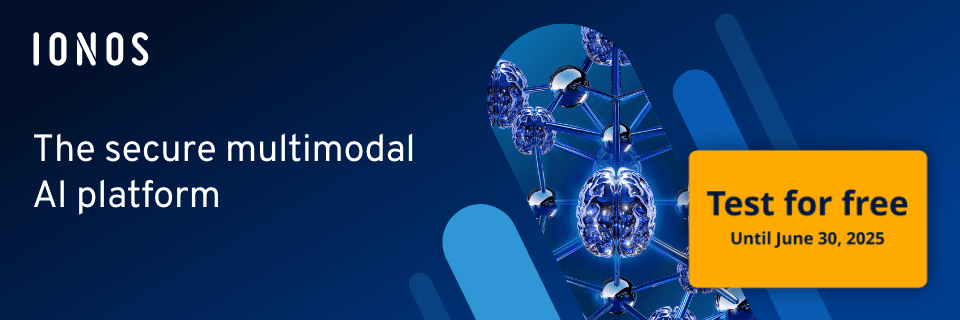What are foundation models (FMs)?
Foundation models are versatile AI models that process different types of data such as text, images, voice and video and support a wide range of applications including content creation, customer service, product development and research.
What are the features of foundation models (FMs)
Foundation models are based on deep learning algorithms that have been trained in advance using a very large data set from the internet. In contrast to narrow models of artificial intelligence (AI), which are trained to perform a single task, foundation models are trained on a large amount of data and can transfer knowledge from one task to another. These models represent a turning point in AI research and application as they can generalize and apply knowledge across different domains.
This flexibility is a key feature that distinguishes foundation models from conventional AI models and enables their use in a variety of applications. After training, these large neural networks can be customized for different types of tasks. Once completed, each foundation model can be modified indefinitely to automate many individual tasks.
Creating baseline models can cost millions of dollars, as they comprise hundreds of billions of hyperparameters and are built with hundreds of gigabytes of data. This investment underscores the immense potential of these models to tackle complex problems and unlock new possibilities in AI applications.
What is the difference between FMs and LLMs?
Foundation models and large language models (LLMs) are closely related but not identical terms. While an LLM is limited to understanding and generating text, foundation models can process various types of data, including images, text, speech, and video.
Despite these differences, both model types share essential similarities. Both foundation models and LLMs can understand the semantic relationships between words, enabling them to translate phrases from one language to another and provide context-sensitive, relevant responses to input.
An example of representing semantic relationships is the Word2Vec model, which represents words as vectors in a semantic space to capture meaningful connections. Large language models (LLMs) like GPT take this a step further by analyzing the co-occurrence of words and sentences through statistical learning, allowing them to understand the context of sentences based on the overall message.
Both models also perform mood analysis. Foundation models can decode the positive, negative, or neutral tone of texts, while LLMs are capable of recognizing various tones, including sarcasm, hypocrisy, and joy. Despite these similarities, significant differences exist between the two. Foundation models can be applied to a wide range of tasks, whereas large language models are used exclusively for text-related applications.
Similarities
| Foundation models | Large language models |
|---|---|
| Understand the semantic relationship between words; generate context-sensitive responses | Use statistical learning to understand the co-occurrence of words |
| Perform sentiment analysis and decode the tone of texts | Advanced sentiment analysis |
| Enable chatbots to process input and retrieve relevant information | Improve the conversational experience thanks to more natural responses |
Differences
| Foundation models | Large language models |
|---|---|
| Can be used for a wide range of tasks (e.g. image and text processing) | Specially developed for texts |
| Not strictly trained on speech data only, therefore often generic answers | Trained on speech data only |
| Rather inaccurate but innovative results | Stable and mature in their results |
- Get online faster with AI tools
- Fast-track growth with AI marketing
- Save time, maximize results
How and when are foundation models used?
Foundation models are useful for a variety of scenarios that can greatly benefit businesses, for example:
- Content creation: Foundation models are invaluable for generating business content. They can produce compelling marketing copy, write product descriptions for e-commerce sites, or create business reports from meeting summaries. By automating these tasks, companies can operate more efficiently and produce high-quality content in less time.
- Customer service: Foundation models significantly enhance chatbot capabilities by generating human-like responses that improve the customer experience. With appropriate fine-tuning, these models can also perform sentiment analysis and provide empathetic, context-sensitive replies, contributing to better customer loyalty and satisfaction.
- Product development: In product development, foundation models can analyze customer reviews, research findings, and data from social media. These analyses help improve existing products and inform the development of new ones. By leveraging these models, companies can respond more quickly to market changes and bring innovative products to market.
- Research and development: FMs can analyze complex datasets and provide valuable insights that serve as a foundation for new research projects and developments. This can significantly enhance the efficiency and accuracy of research efforts.
Foundation models can be versatile and valuable for companies. Choosing the right model, tailored to specific needs and objectives, can significantly improve business operations and provide a competitive advantage.



